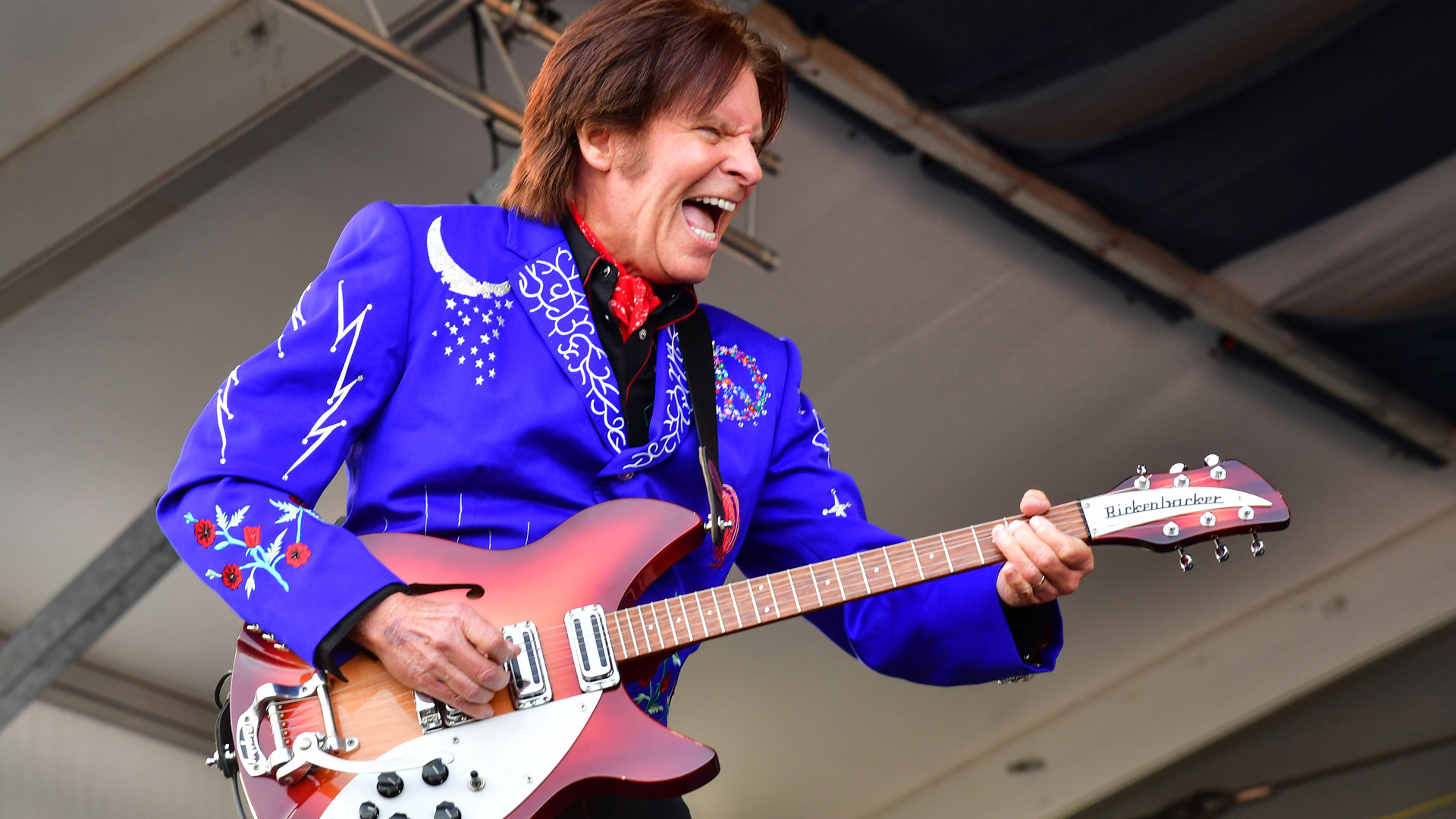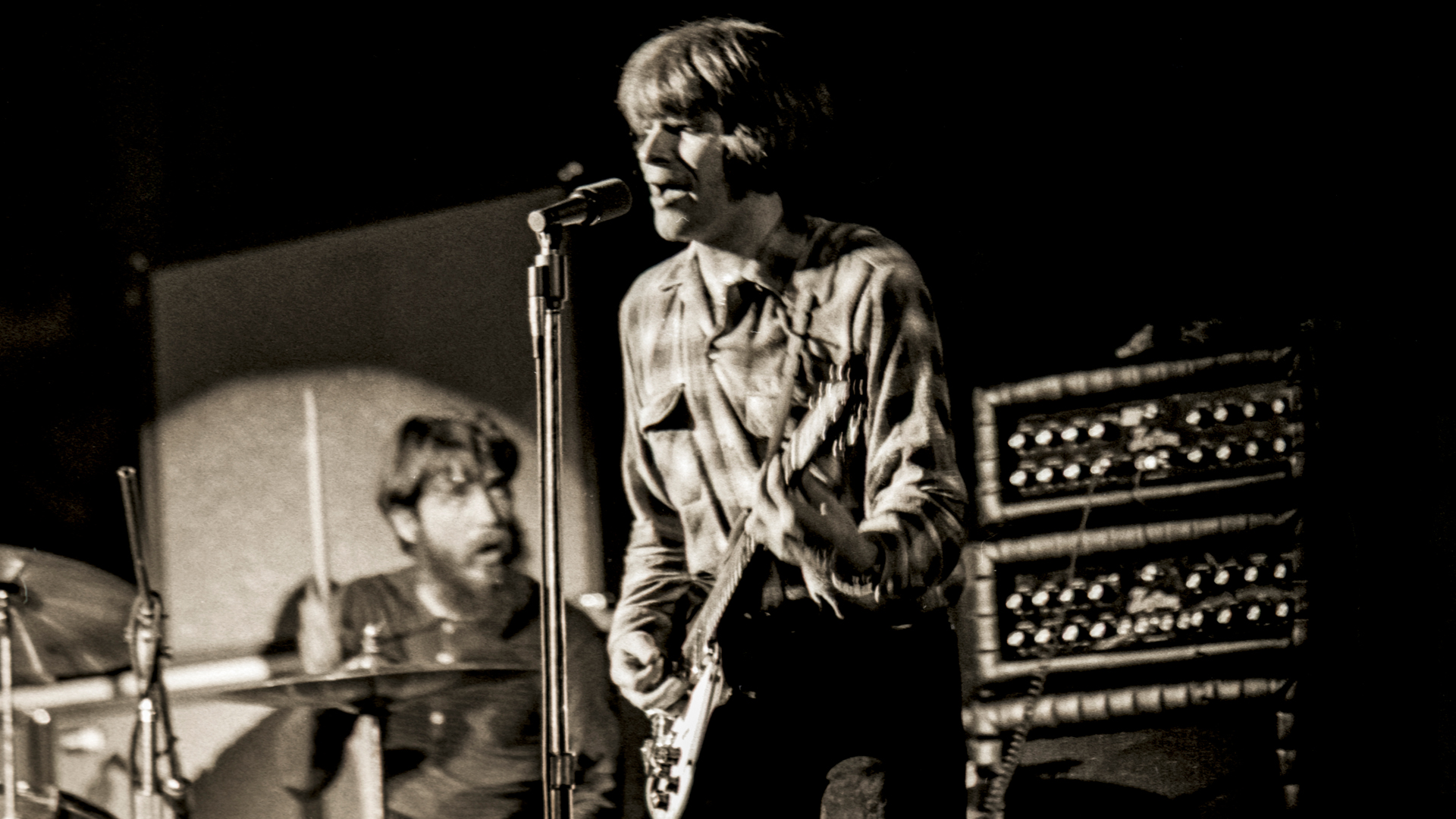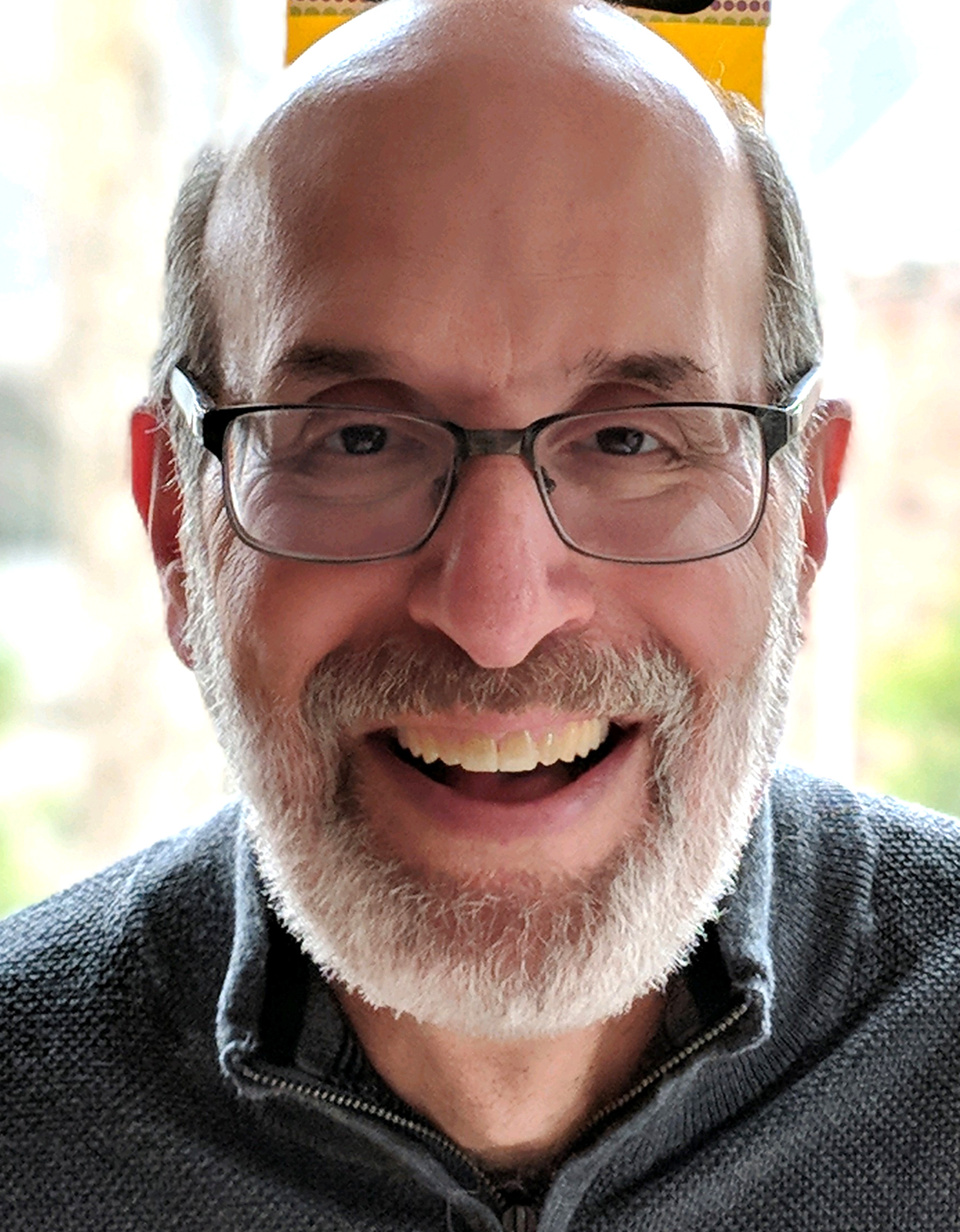“I had just written a classic — and I was terrified I might never do it again.” John Fogerty on CCR’s "Proud Mary" and the 19th century composer who inspired it
Fogerty also names the classic rock-and-roll guitarists who influenced his roots-rock style

John Fogerty has rightly been credited as one of the founders of the Americana genre. But where, you might ask, did he get that inspiration, which fueled the songs behind Creedence Clearwater Revival’s catalog of roots-rock hits?
Fogerty tells Guitar Player that the unlikely source was the famed 19th century American songwriter Stephen Foster.
“I loved music, basically, out of the womb and was certainly showing everyone in my little circle, my family, that I loved music and that I was musical,” says Fogerty, who is winding up the 2024 leg of his Celebration Tour, which sees him performing songs from the CCR catalog. “So around the time I was about three and half years old, my mom made a little ceremony out of presenting me with a record of Stephen Foster songs. One side was ‘Oh! Susanna’ and the other side was ‘Camptown Races,’ and she explained to me who Stephen Foster was, that he was a songwriter. I just think that’s the most amazing and unique thing to show interest in for a child.’
“I didn’t know much about him until much later in life. Even during the Creedence time, I don’t believe I realized yet that he didn’t come from the South — he came from Pittsburgh, which turned out to be full of irony in that this person was a lot like me. In other words, he was fascinated by and wrote about the South, but he wasn’t from the South, same as me," adds the guitarist, who was born in Berkeley, California. "I started to learn about some of the other songs he had written, like ‘Swanee River’ and ‘My Old Kentucky Home,’ and I think it had an influence on the type of songs that I would write.”
As for Fogerty’s guitar inspiration, that came from a source familiar to many youngsters who grew up in the 1950s: Elvis Presley. He recalls the first time he heard the King.
“I was 10 years old. It was 1956, and I’m in this little general store. And it was on the jukebox and I was completely hypnotized by it,” he recalls. “I’ve just got to find out what it is, and I run over to the jukebox and it’s ‘My Baby Left Me.’ And I stood there and I looked at that record going around, and I said, ‘I don’t know what that is, but that’s what I want to do.’
“And without knowing any names or anything, I knew that there was guitar in there that was just incredible, and of course it was Scotty Moore. I wasn’t to find out his name until years and years and years later, but I did know that Elvis had a guitar player who was incredible.”
All the latest guitar news, interviews, lessons, reviews, deals and more, direct to your inbox!
Fogerty’s six-string interests — he would go on to play a Fireglo 1964 Rickenbacker 325 with Accent vibrato, a Gibson Les Paul Custom and a goldtop Les Paul as his main electric guitars — would be fueled as well by popular performers of the day.
“Y’know, it’s interesting: I was guitar-centric from the beginning, maybe even before Elvis.”
—John Fogerty
“Y’know, it’s interesting: I was guitar-centric from the beginning, maybe even before Elvis,” he reveals. “I was probably fascinated with people on television, perhaps, or the Grand Ole Opry or other shows where there was somebody playing a guitar. I remember hearing ‘Suzie Q’ and James Burton and adopting James as one of my guys, and then later on Duane Eddy. And of course by then there started to be a whole slew of them — Lowman Pauling playing in the ‘5’ Royales, a song called ‘The Slummer the Slum.’ There were so many more from that guy. Carl Perkins, of course, ‘Blue Suede Shoes’ and ‘Honey Don’t.’ I wanted to do that, besides singing.”

But while American rock and roll fueled Fogerty’s six-string interests, it was Foster whose influence is all over the rootsy Americana music that permeates early CCR albums like Green River, Bayou Country and Willie and the Poor Boys.
“I daresay my affinity with Stephen Foster had something to do with that, sure,” Fogerty says. “I know that ‘Proud Mary’ felt that way with me, and therefore throughout the rest of my life there’s a certain type of music and song that resonates with me, that lets me know, Yes, this is really good.”
Indeed, “Proud Mary” set the mold. As Fogerty explains, the song's arrival was a creative awakening for him.
“When I finished ‘Proud Mary,’ that was such an amazing experience — almost like being abducted by a flying saucer," he offers. "I had never really written a great song before, even though I had tried many times.
"When I finished with ‘Proud Mary’ and I was holding that piece of paper in my hand, almost 90 percent of it was on the page there, and I had a title and a chorus. And I could just hear it. And I realized I had just written what you’d call a classic. I was awestruck. I was excited, trembling. I was almost scared of it. It was almost as if you’d walked into a room and discovered some amazing treasure and secret. And at that first moment, I was terrified that this might be it, that I would never get to do this again.”
"It was almost as if you’d walked into a room and discovered some amazing treasure and secret.”
—John Fogerty
"Proud Mary" would become CCR's first major hit, peaking at number two on the Billboard Hot 100 in March 1969, the first of five singles by the group to reach that spot. A mere two years later, the song would find a second life as one of Tina Turner’s signature tunes when she and Ike Turner covered it in a funk-soul style in 1971.
As for Fogerty, he of course went on to write many more classic roots-rock tunes, including “Green River,” “Bad Moon Rising,” “Lodi,” “Down on the Corner,” “Fortunate Son,” “Lookin’ Out My Back Door” and “Have You Ever Seen the Rain?” But as he glances over his catalog of hits, Fogerty can trace a thread through each that leads back to “Proud Mary.”
“Y’know, it’s amazing to take it from sort of the accident that was ‘Proud Mary’ and go through ‘Bad Moon Rising,’ and then decide I want to write something about my very favorite place in music, which is ‘Green River.’ And then go past that and decide I want to write about what’s going on in the world, which is what ‘Fortunate Son’ is. I mean, it’s fun to look at that journey, somebody who started that process seemingly in a place where he’s about eight years old, and now he’s going to a place where he’s about 30 years old. But that was my job. I was supposed to develop and evolve like that.”
Gary Graff is an award-winning Detroit-based music journalist and author who writes for a variety of print, online and broadcast outlets. He has written and collaborated on books about Alice Cooper, Neil Young, Bob Seger, Bruce Springsteen and Rock 'n' Roll Myths. He's also the founding editor of the award-winning MusicHound Essential Album Guide series and of the new 501 Essential Albums series. Graff is also a co-founder and co-producer of the annual Detroit Music Awards.
- Christopher ScapellitiGuitarPlayer.com editor-in-chief


